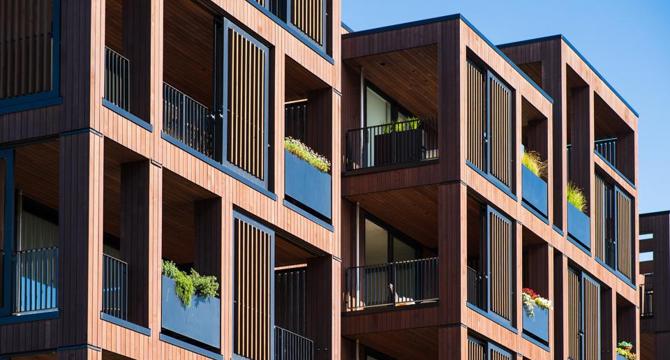Forbes
4w
48

Image Credit: Forbes
Current HELOC & Home Equity Loan Rates: June 17, 2025
- Home equity loans and HELOCs let homeowners access their home's value, using it as collateral for borrowing.
- A home equity loan is a fixed-rate, lump-sum loan, while a HELOC is a variable-rate second mortgage.
- Both loans require using the property as collateral, with risks of property seizure if payments are missed.
- HELOCs come in varying amounts: $100K for medium projects, $250K for larger investments, and $500K for substantial financing.
- Different loan terms, like 5, 10, 15, 20, and 30 years, offer options for repayment and borrowing capacity.
- HELOCs allow homeowners to access equity as needed, paying interest on the amount used.
- Equity in a property increases as mortgage payments are made, enhancing borrowing capacity.
- Calculating home equity involves subtracting the mortgage balance from the property's current value.
- Lenders typically limit borrowing to a certain percentage of the property's value, like 80% LTV.
- For a home valued at $500,000 with a $250,000 mortgage balance, the equity would be $250,000 with a 50% LTV.
- Lenders typically approve loans where the LTV ratio meets their specified threshold, often 80% or less.
Read Full Article
2 Likes
For uninterrupted reading, download the app